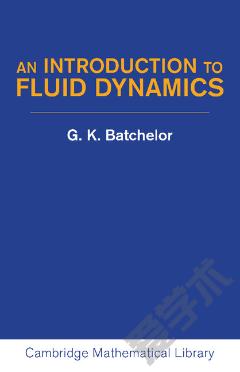Fluid Dynamics for the Study of Transonic Flow
This new book leads readers step-by-step through the complexities encountered as moving objects approach and cross the sound barrier. The problems of transonic flight were apparent with the very first experimental flights of scale-model rockets when the disastrous impact of shock waves and flow separations caused the aircraft to spin wildly out of control. Today many of these problems have been overcome, and this book offers an introduction to the transonic theory that has made possible many of these advances. The emphasis is on the most important basic approaches to the solution of transonic problems. The book also includes explanations of common pitfalls that must be avoided. An effort has been made to derive the most important equations of inviscid and viscous transonic flow in sufficient detail so that even novices may feel confident in their problem-solving ability. The use of computer approaches is reviewed, with references to the extensive literature in this area, while the critical shortcomings of an exclusive reliance on computational methods are also described. The book will be valuable to anyone who needs to acquire an understanding of transonic flow, including practicing engineers as well as students of fluid mechanics.
{{comment.content}}








 京公网安备 11010802027623号
京公网安备 11010802027623号